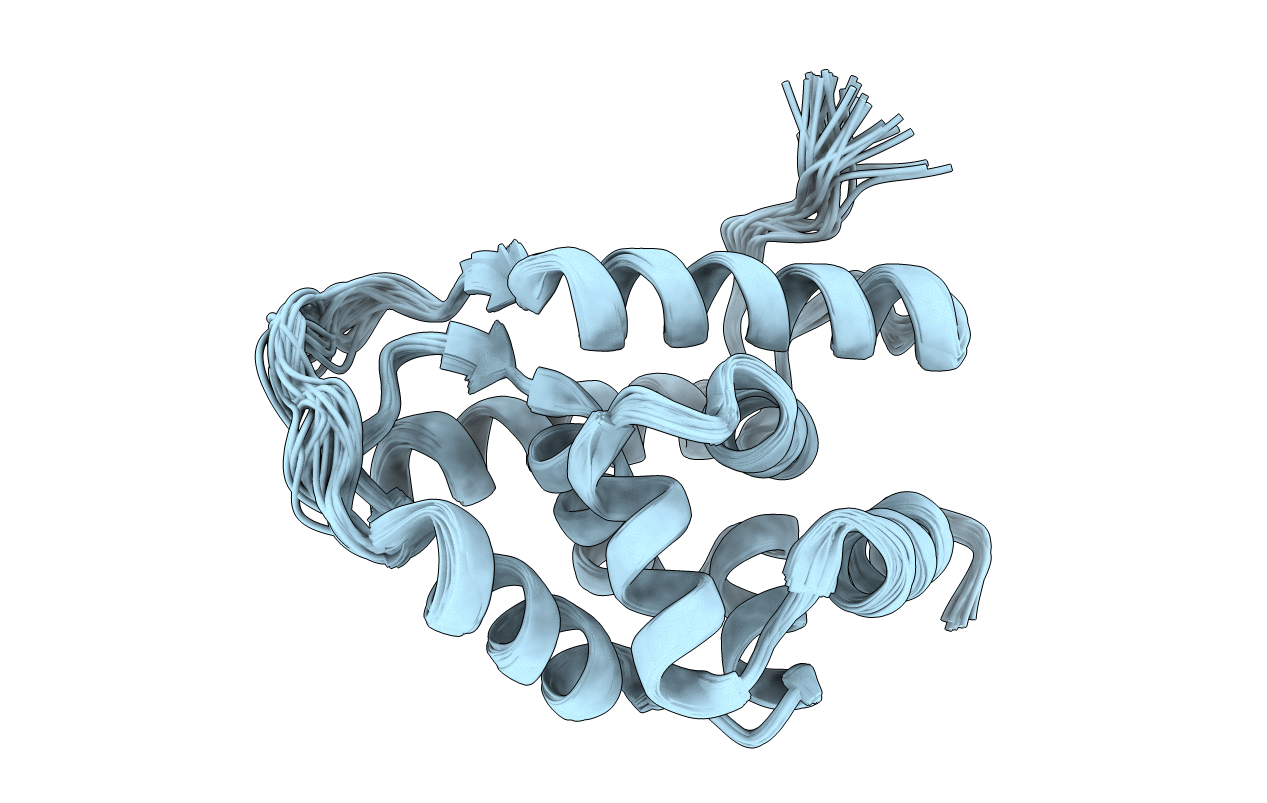
Deposition Date
2008-08-04
Release Date
2009-04-28
Last Version Date
2024-05-08
Entry Detail
PDB ID:
2K77
Keywords:
Title:
NMR solution structure of the Bacillus subtilis ClpC N-domain
Biological Source:
Source Organism:
Bacillus subtilis (Taxon ID: 1423)
Host Organism:
Method Details:
Experimental Method:
Conformers Calculated:
100
Conformers Submitted:
30
Selection Criteria:
structures with the lowest energy


